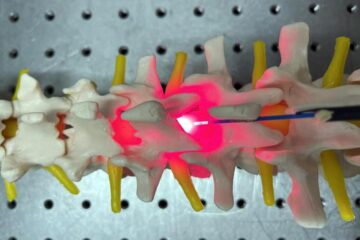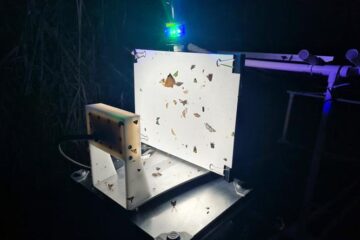Rise In Institutionalised Children Linked To ‘Madonna-Style’ Adoption

Researchers found that EU countries with the highest rates of children living in institutions also had high proportions of international adoptions. This did not reduce the number of children in institutional care but attributed to an increase. The study highlights that in countries such as France and Spain, people are choosing to adopt healthy, white children from abroad rather than children in their own country who are mainly from ethnic minorities.
This process has been labelled the ‘Madonna-effect’, so-called after the singer’s high-profile adoption of a young boy from Zambia in 2006. Statistics show that the media attention surrounding this case contributed to an increase in the number of international adoptions, but at the expense of local orphans.
Child Psychologist, Professor Kevin Browne, said: “Some argue that international adoption is, in part, a solution to the large number of children in institutional care, but we have found the opposite is true. Closely linked to the Madonna-effect, we found that parents in poor countries are now giving up their children in the belief that they will have a ‘better life in the west’ with a more wealthy family.
“Some celebrities have unwittingly encouraged international adoption, yet it has been shown that 96 per cent of children in ‘orphanages’ across Europe and probably across the globe are not true orphans and have at least one parent often known to the local authorities. The fact that these rules and regulations can be broken makes international adoption an ‘easier’ process than it has ever been before.
Professor Browne added: “Governments and orphanages can reap substantial financial gains from international adoption and this appears to be fuelling its growth but many are breaking the UN Convention of Rights of the Child which states that international adoption should only be used as a last resort in situations where all other means of fostering, adoption and care within the child’s country of origin, are exhausted.”
The Liverpool researchers are recommending that more stringent guidelines for monitoring policy and practice are implemented to ensure that international adoption is used as a last resort.
The study was published by the British Association for Adoption and Fostering last week.
Media Contact
More Information:
http://www.liv.ac.uk/newsroomAll latest news from the category: Social Sciences
This area deals with the latest developments in the field of empirical and theoretical research as it relates to the structure and function of institutes and systems, their social interdependence and how such systems interact with individual behavior processes.
innovations-report offers informative reports and articles related to the social sciences field including demographic developments, family and career issues, geriatric research, conflict research, generational studies and criminology research.
Newest articles

Red light therapy for repairing spinal cord injury passes milestone
Patients with spinal cord injury (SCI) could benefit from a future treatment to repair nerve connections using red and near-infrared light. The method, invented by scientists at the University of…

Insect research is revolutionized by technology
New technologies can revolutionise insect research and environmental monitoring. By using DNA, images, sounds and flight patterns analysed by AI, it’s possible to gain new insights into the world of…

X-ray satellite XMM-newton sees ‘space clover’ in a new light
Astronomers have discovered enormous circular radio features of unknown origin around some galaxies. Now, new observations of one dubbed the Cloverleaf suggest it was created by clashing groups of galaxies….





















